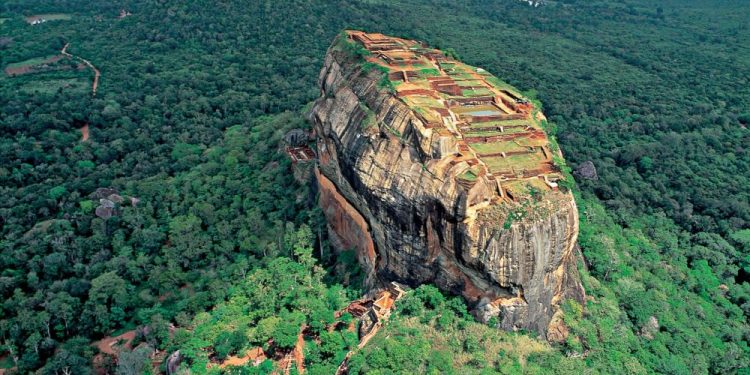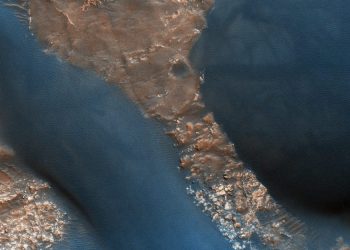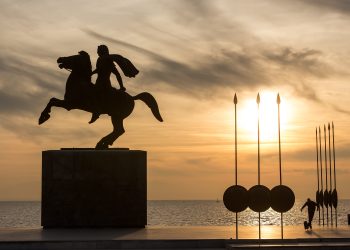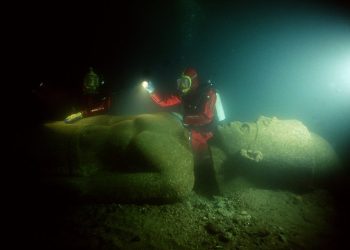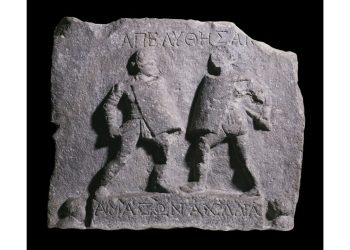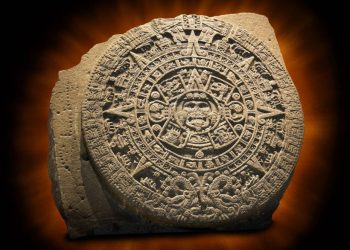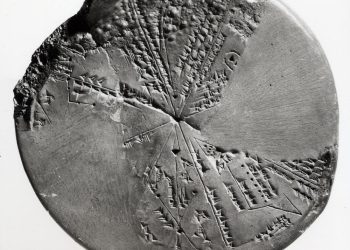The countless mysteries and beauties of Asia have always attracted us, the Western people, with their exoticism. Another incredible landmark of the eastern world is located in the deep shadows of the jungle in Sri Lanka, namely the rock fortress of Sigiriya.
According to the legend from the early centuries of the first millennium, a magnificent palace with amazing gardens was built on the place of the current rock monument. It was selected by the then ruler Kashyapa I as the location for his new capital.
Many centuries later, nestled in the green embrace of nature, on top of the stony wonder are the remains of this ancient fortress and palace, surrounded by dilapidated gardens and pools.
1. The name Sigiriya means “Lion’s Head”
Although Sigiriya is the common name for the ancient site, it is also known as Lion’s head for the shape of the giant rock and more specifically, the ancient statue of a lion that provided the entrance to the palace.
2. There were Buddhist monasteries long before the royal palace and fortress were built
The choice of location for the fortress and palace was not randomly made. It was a holy place for Buddhists for centuries before it was selected by Kashyapa I for the new capital.
According to historical data, the rock was inhabited by people in ancient times. In the 5th century BC, mountain monasteries began to rise there, intersected by numerous tunnels and caves. They all served as a safe haven for their inhabitants.
3. King Kashyapa I chose Sigiriya for safety purposes against his brother
According to Sri Lankan historical sources, King Dhatusena was walled up alive in a wall by his own son Kashyapa, who seized the throne belonging to the king’s other son, Moggallana. To avoid certain death, Moggallana fled to India, where he set out to gather an army against his treacherous brother.
Kashyapa was afraid, so he built a palace with a fortress high in Mount Sigiriya. Moggallana soon declared war after winning, restored the rock’s status as a monastery complex.
4. After King Kashyapa’s death, the palace and fortress of Sigiriya were abandoned and became monasteries
Once he saw that Moggallana will conquer his capital, king Kashyapa committed suicide in order not to get captured. Once the rock fortress of Sigiriya was captured, the new king Moggallana declared it a sacred place of worship. Therefore, it once again became home to Buddhist monasteries. The sacred place lasted until the 14th century, after which it was abandoned by the people.
5. The entrance to the Sigiriya palace was an enormous lion statue erected in the rocks
The top of the rock fortress of Sigiriya is reached by a narrow staircase, which passed between the paws, the body, and the head of a huge lion, carved into the rock, of which only the paws have survived to this day.
6. Only 21 of the more than 500 frescoes of naked women remain
The reason behind this untraditional art is unknown but experts have estimated that there were more than 500 portraits on the walls of the rock walls of Sigiriya. Today, only 21 remain and all share one identical characteristic – the women portrayed are all half-naked.
7. The palace was filled with marvelous ponds and gardens
At the top of the rock formation, there are unique structures that still amaze archaeologists. There is also a large pool (or pond), for the construction of which it is believed that about 3,500 tons of granite rock have been excavated. During the different seasons, this pool neither overflows nor dries up.
8. The ruins of the ancient palace remain on the highest terrace of Sigiriya. The palace was located at the highest terrace of the rock fortress of Sigiriya but you can see the remains of the marvelous gardens and ponds too.
Although no significant structures remain in Sigiriya, the entire site is terraced and filled with ruins of walls and buildings, including Kashyapa’s palace at the highest terrace.
9. The rock fortress of Sigiriya is surrounded by gardens and remains of an ancient town
Not much is visible nowadays due to the dense jungle forests that have covered the area of Sigiriya but archaeologists discovered large gardens that today you can today see at the foot of the rock. We also know that there was once an ancient town around the time of the creation of the Sigiriya capital.
10. The rock fortress of Sigiriya is often called the 8th wonder of the world
Historians are so fascinated by the ancient site that it is often named the 8th wonder of the world.
Join the discussion and participate in awesome giveaways in our mobile Telegram group. Join Curiosmos on Telegram Today. t.me/Curiosmos



